ADN Monopropellant CFD Simulation – 17 Reactions & Porous Catalyst – ANSYS Fluent Tutorial
ADN Monopropellant CFD Simulation – 17 Reactions & Porous Catalyst – ANSYS Fluent Tutorial
- Upon ordering this product, you will be provided with a geometry file, a mesh file, and an in-depth Training Video that offers a step-by-step training on the simulation process.
- For any more inquiries regarding the product, please do not hesitate to reach out to us at info@CFDLAND.com or through our online support assistant.
€170.00 Original price was: €170.00.€135.00Current price is: €135.00.
ADN Monopropellant CFD Simulation – 11 Reactions & Porous Catalyst – ANSYS Fluent Tutorial Ammonium Dinitramide (ADN) monopropellant represents a significant advancement in green propulsion technology for space applications, offering high performance while eliminating toxic hydrazine-based alternatives. Our detailed CFD simulation captures the complex catalytic decomposition process involving 11 distinct chemical reactions occurring within the porous catalyst bed, where the propellant transitions through multiple phases before achieving complete combustion. Using ANSYS Fluent’s robust reaction modeling capabilities, we analyze how the propellant flow interacts with the catalyst’s intricate porous structure, revealing critical insights into temperature distribution, species concentration, and pressure variations throughout the thruster chamber. This comprehensive approach enables precise determination of the optimal characteristic length (L)* required for complete decomposition, directly impacting thruster efficiency and reliability. Building upon methodologies established in two key reference papers on ADN decomposition kinetics, our simulation provides valuable design guidance for injector configuration, catalyst bed geometry, and thermal management systems – essential information for engineers developing next-generation space propulsion systems with reduced environmental impact.
- Reference [1]: Korobeinichev, Oleg P., Tatyana A. Bolshova, and Alexander A. Paletsky. “Modeling the chemical reactions of ammonium dinitramide (ADN) in a flame.” Combustion and flame1-2 (2001): 1516-1523.
- Reference [2]: Li, Juan, et al. “A comprehensive kinetic mechanism for CO, CH2O, and CH3OH combustion.” International Journal of Chemical Kinetics3 (2007): 109-136.
Figure 1: ADN monopropellant combustion
Simulation Process
The 2-D domain of this simulation has been designed using the ANSYS Design Modeler. It has an inlet and outlet and rectangular zones as a porous catalyst (Porosity) to increase reactivity. The meshing of this present model has been generated by ANSYS Meshing software. The mesh grid is unstructured, and the total cell number is 75942 elements and 146275 nodes. The simulation process starts with ANSYS Fluent. The species transport model was used to simulate 11 chain reactions for the AND monopropellant. Also, the radiation model P1 was used to develop heat inside the reaction chamber with higher resolution. The reaction model was set as a finite rate with the presence of 18 species.. The domain is also completed with an axisymmetrical option to reduce computational cost.
Post-Processing
The CFD simulation results indicate the complex decomposition behavior of ADN monopropellant as it progresses through the catalytic reaction chamber. As shown in the contours, the static temperature increases dramatically from 300K at the inlet to over 1140K in the reaction zone, indicating successful ignition and sustained exothermic reactions. This temperature rise correlates directly with the heat of reaction distribution, which peaks at approximately 4.40 W in the most active regions of the catalyst bed. The species formation patterns show a clear reaction progression, with CH2O, CH2OH, and CH3OH mass fractions gradually increasing along the flow path, reaching maximum values of 0.09, 0.03, and 0.05 respectively in the downstream regions. These intermediate species are critical indicators of the decomposition pathway efficiency.
Figure 2: Temperature field in ADN Monopropellant CFD Simulation
Simultaneously, the oxygen mass fraction increases to 0.15 in the reaction zone, demonstrating effective oxidizer release from the ADN molecule. The reaction kinetics contour shows the highest activity (93.71 s⁻¹) occurring within the porous catalyst region, where the static pressure gradually decreases from 25100 Pa to 24773 Pa due to the gas expansion during decomposition. The density distribution reflects the molecular breakdown and temperature increase, with values ranging from 5.01 to 15.54 kg/m³ throughout the domain. What’s particularly noteworthy is how the reaction rates and species formation patterns align with the temperature profile, confirming that the catalyst is effectively initiating and sustaining the decomposition process.
Figure 3: mass fraction of Ch2o, ch2oh, ch3oh after ADN Monopropellant decomposition
We pride ourselves on presenting unique products at CFDLAND. We stand out for our scientific rigor and validity. Our products are not based on guesswork or theoretical assumptions like many others. Instead, most of our products are validated using experimental or numerical data from valued scientific journals. Even if direct validation isn’t possible, we build our models and assumptions on the latest research, typically using reference articles to approximate reality.
Yes, we’ll be here . If you have trouble loading files, having technical problems, or have any questions about how to use our products, our technical support team is here to help.
You can load geometry and mesh files, as well as case and data files, using any version of ANSYS Fluent.
€105.00 Original price was: €105.00.€85.00Current price is: €85.00.

€130.00 Original price was: €130.00.€115.00Current price is: €115.00.

€140.00 Original price was: €140.00.€125.00Current price is: €125.00.

€170.00 Original price was: €170.00.€140.00Current price is: €140.00.

€240.00 Original price was: €240.00.€135.00Current price is: €135.00.

€120.00 Original price was: €120.00.€65.00Current price is: €65.00.


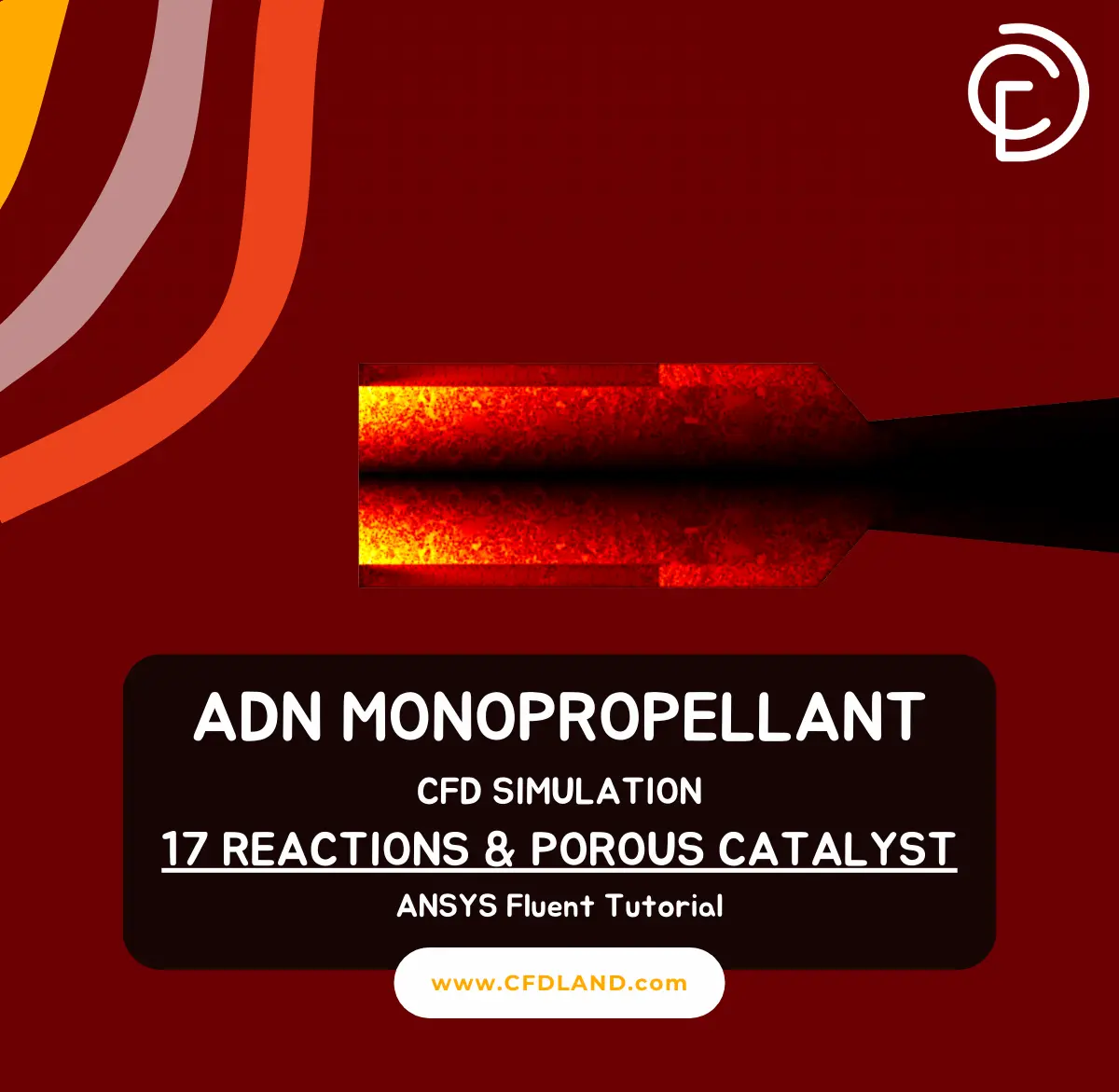
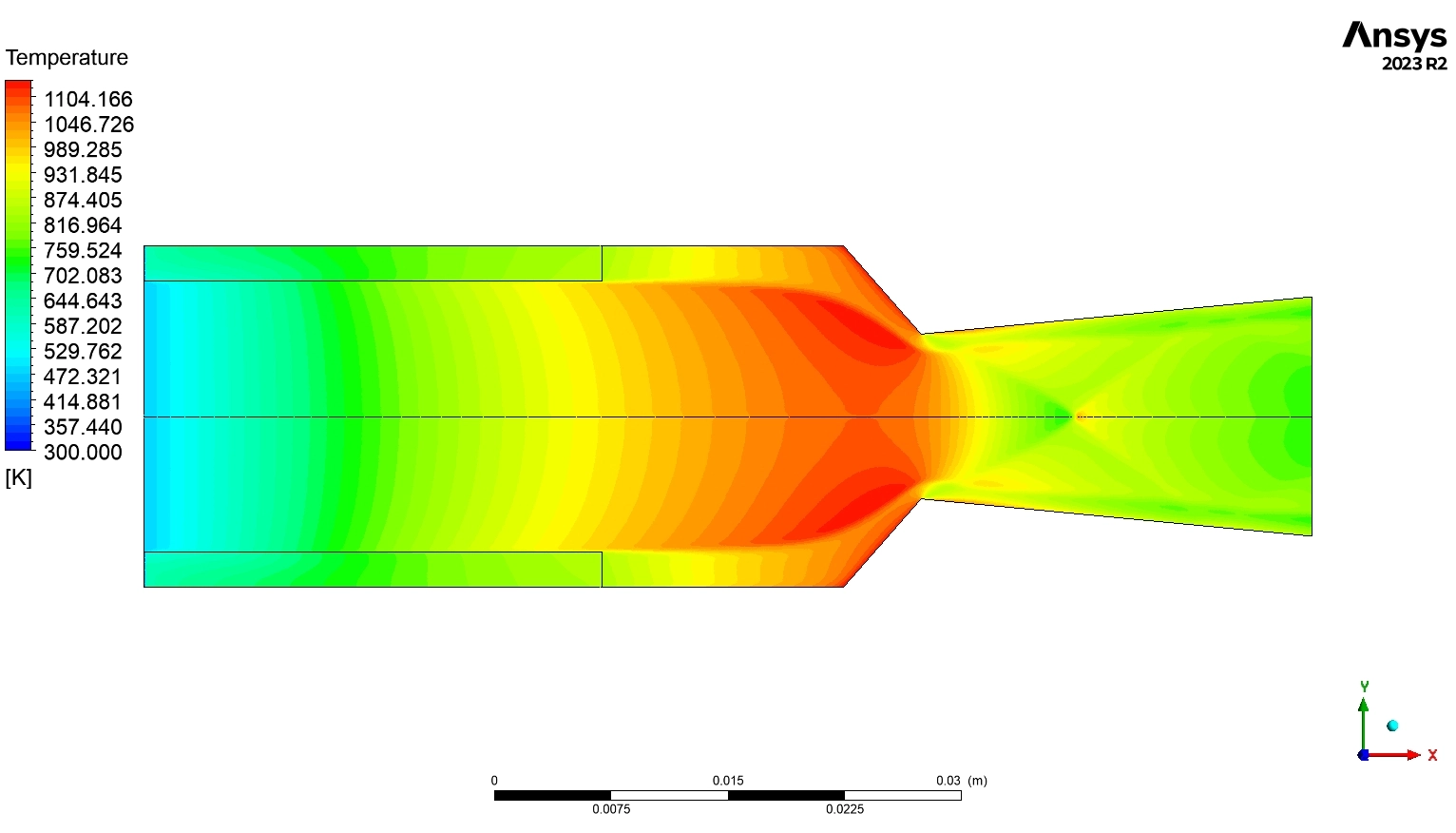
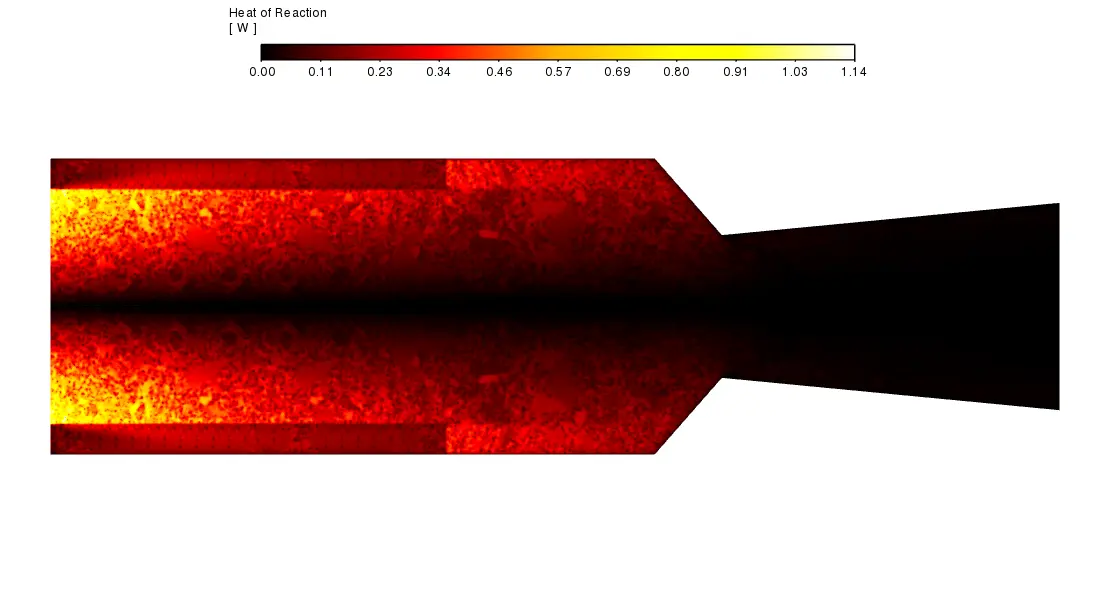
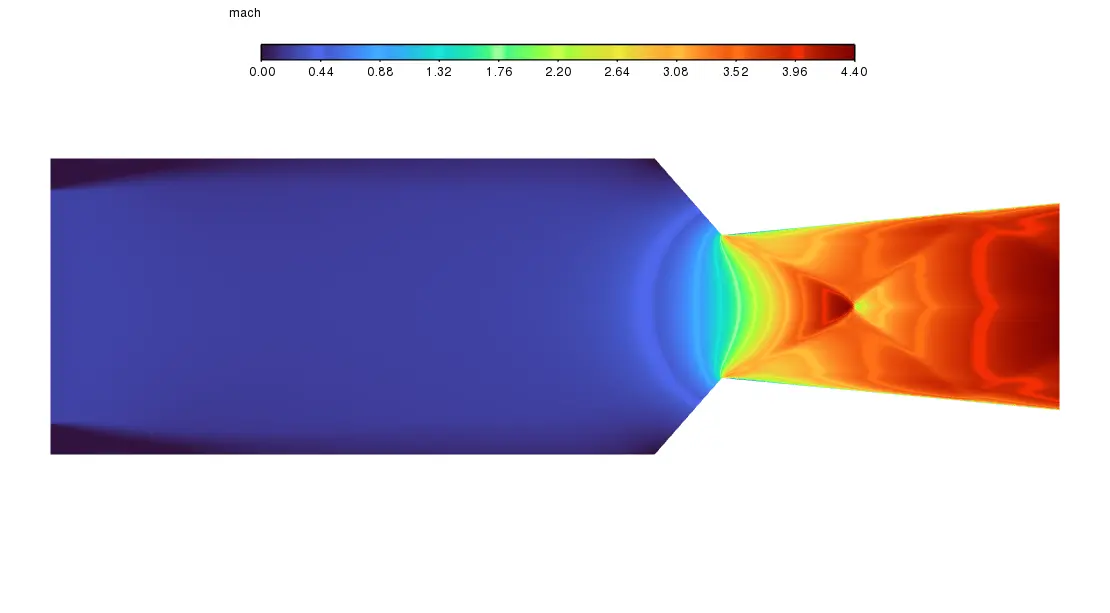
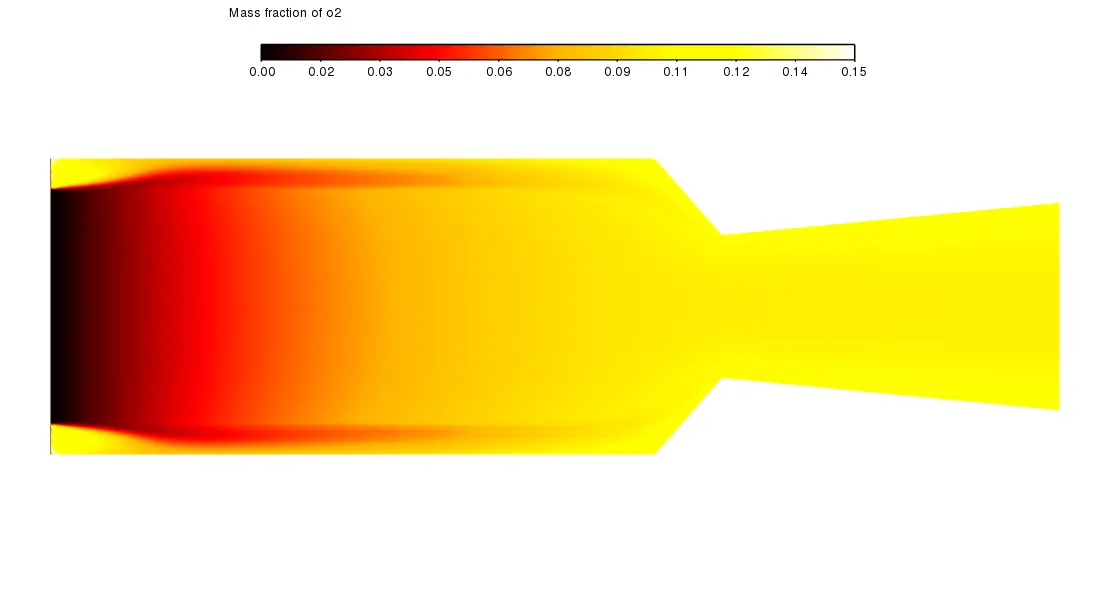
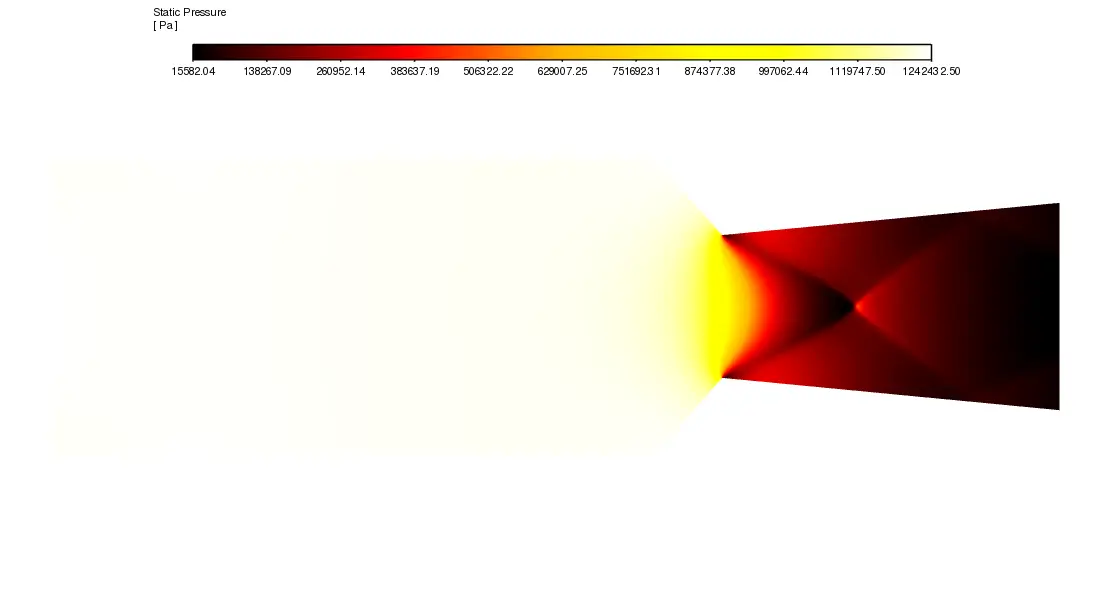
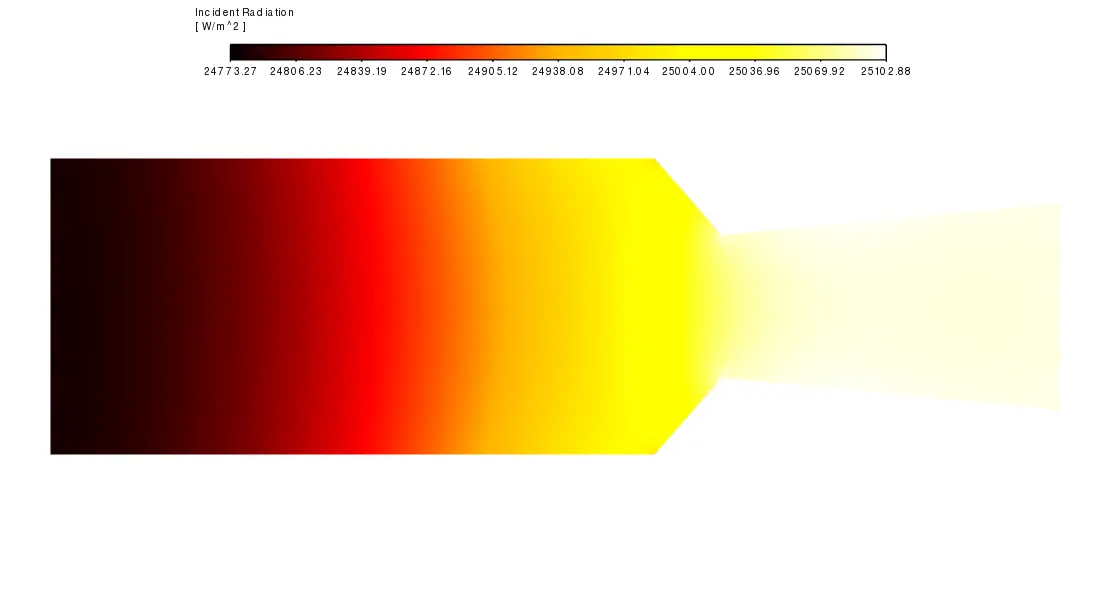
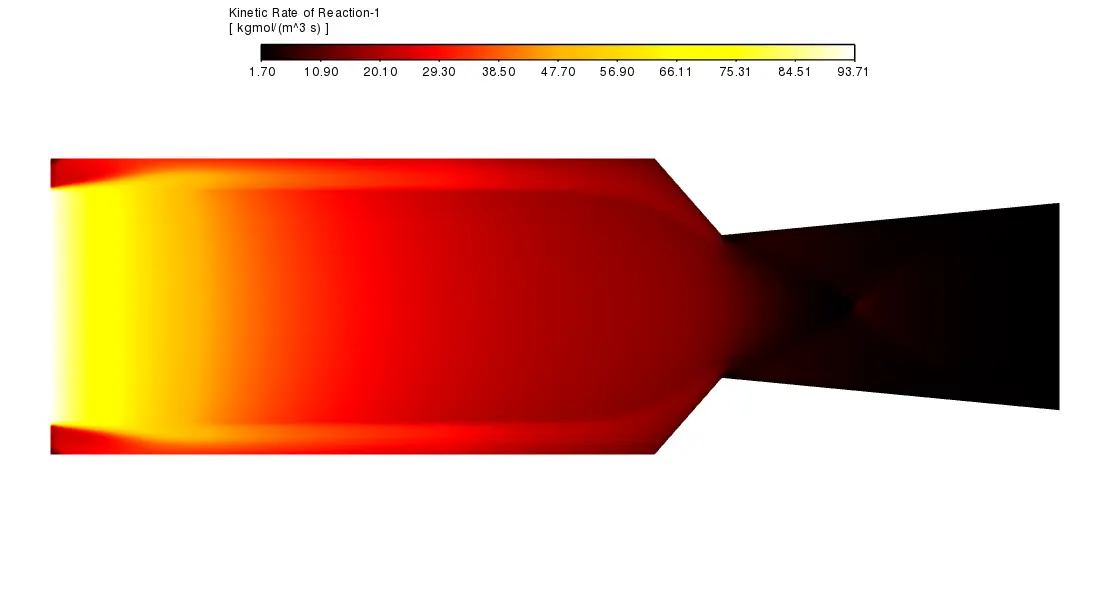
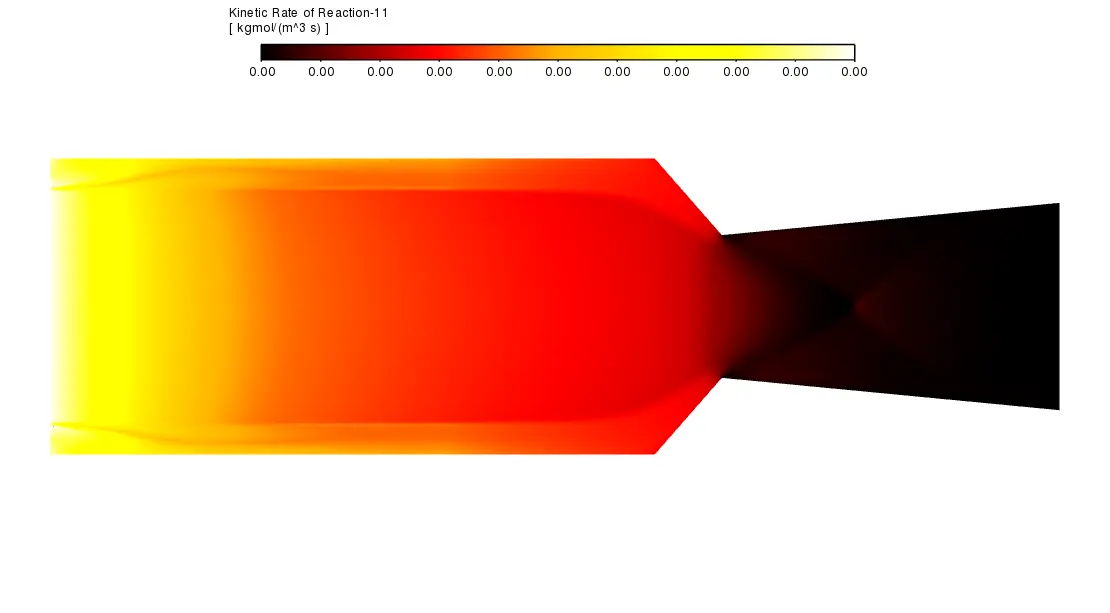
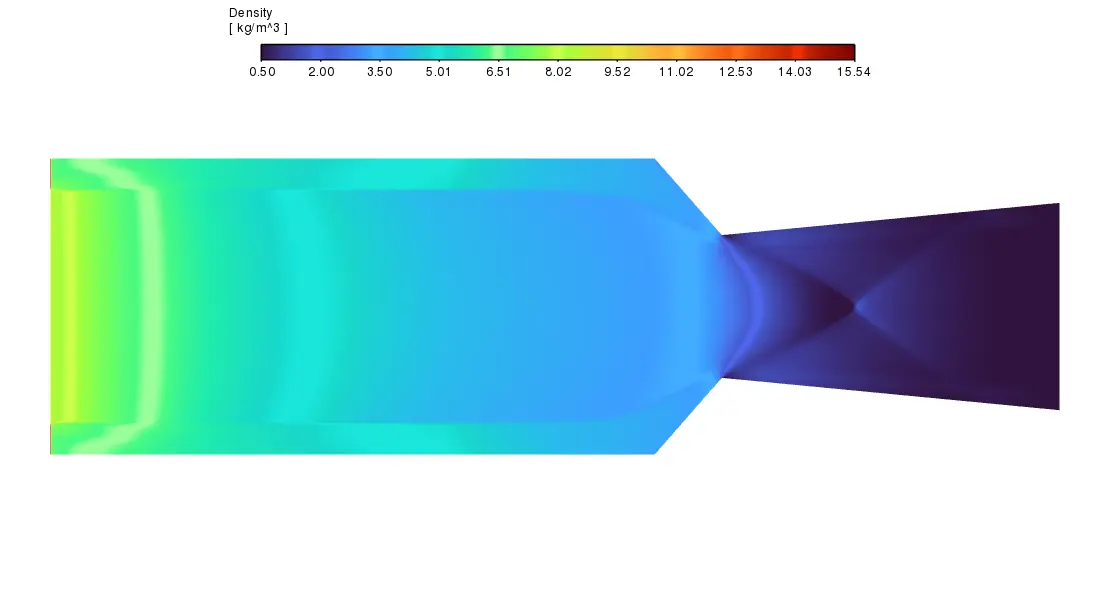
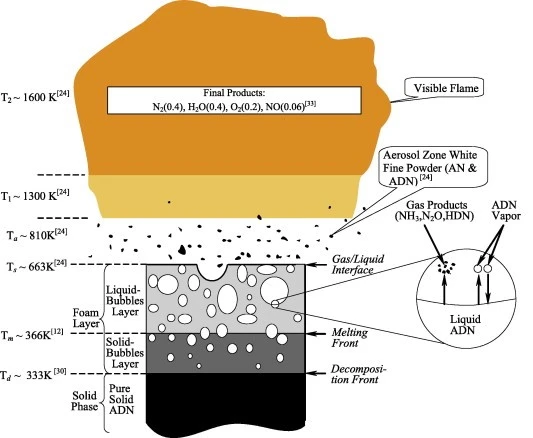
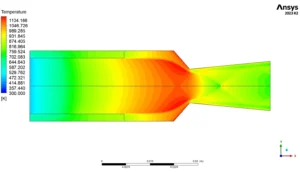
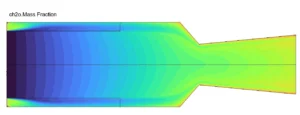
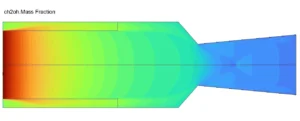
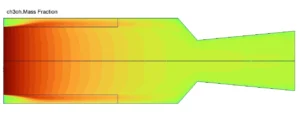







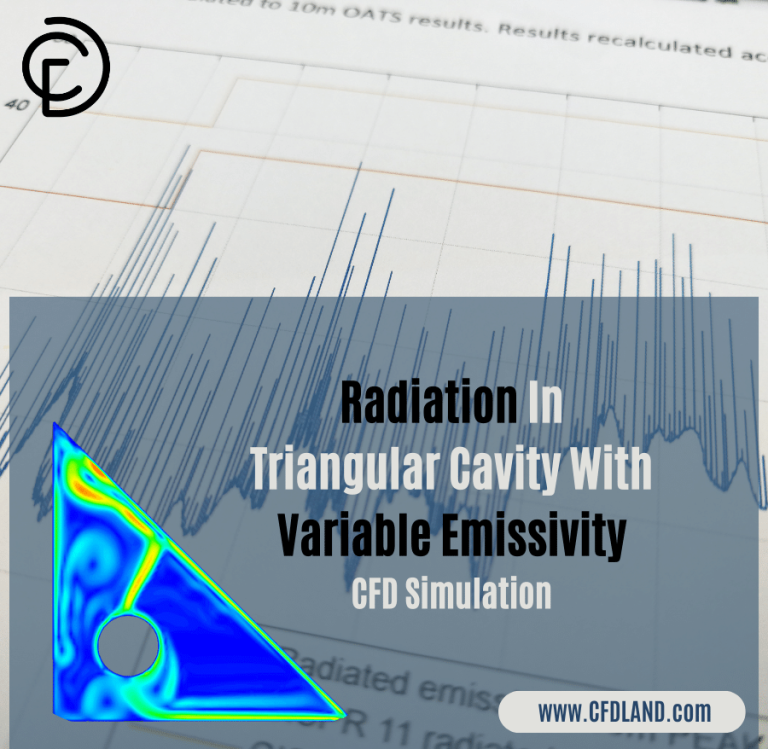
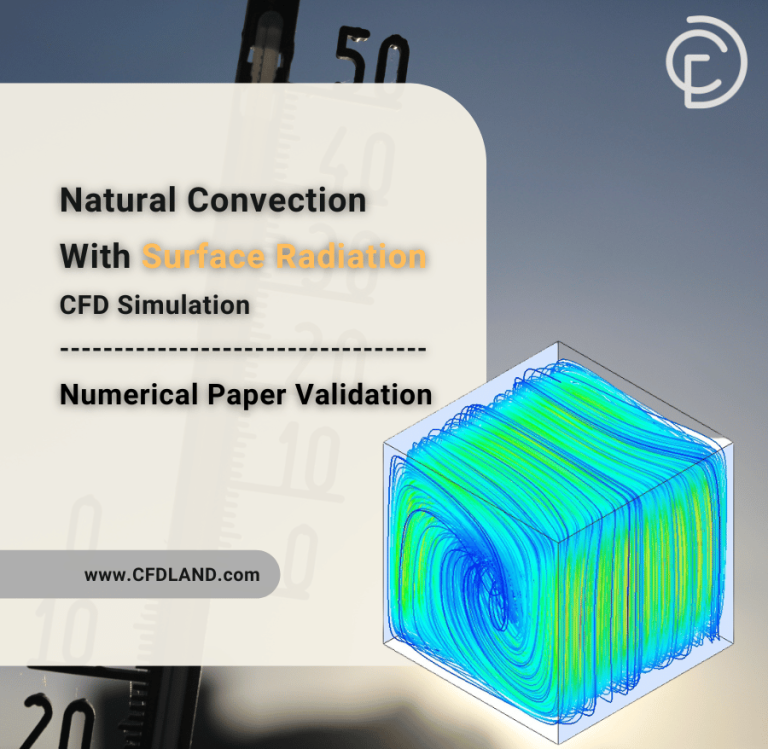
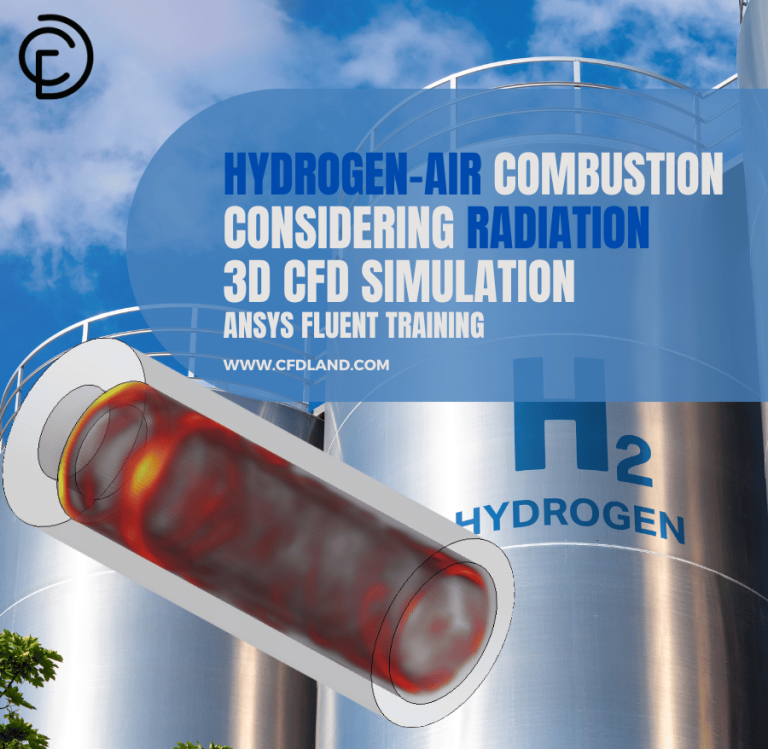

Reviews
There are no reviews yet.